order histories, retained contact details for faster checkout, review submissions, and special promotions.
Forgot password?
order histories, retained contact details for faster checkout, review submissions, and special promotions.
Location
Corporate Headquarters
Vector Laboratories, Inc.
6737 Mowry Ave
Newark, CA 94560
United States
Telephone Numbers
Customer Service: (800) 227-6666 / (650) 697-3600
Contact Us
Additional Contact Details
order histories, retained contact details for faster checkout, review submissions, and special promotions.
Forgot password?
order histories, retained contact details for faster checkout, review submissions, and special promotions.
PR / Progesterone Receptor
progesterone receptor
The progesterone receptor, a NR3 Steroid Receptor, is induced in granulosa cells of preovulatory follicles in response to surges in luteinizing hormone. It is essential for ovulation and egg implantation. A decrease in expression of endometrial progesterone receptor results in infertility in women. This receptor mediates the progesterone-induced transcription of proteases including ADAMTS1 and cathepsin L. In breast cancer, progesterone receptors are associated with hormone dependence and prolonged survival. At least two alternatively spliced isoforms have been identified in human: hPR-A (94 kD) is 164 aa shorter than hPR-B (114 kD). In most cell contexts, hPR-B functions as a transcriptional activator of progesterone-responsive genes, whereas hPR-A functions as a transcriptional inhibitor of all steroid hormone receptors. hPR-A and hPR-B have been shown to regulate different sets of genes in human breast cancer cells. Some of these PR-regulated genes are implicated in breast cancer.
| Gene Name: | progesterone receptor |
| Family/Subfamily: | NHR , NR3 Steroid receptor |
| Synonyms: | PGR, NR3C3, PR, Progesterone receptor |
| Target Sequences: | NM_000926 AAS00096.1 P06401 |
Publications (6)
![PR / Progesterone Receptor Antibody - Immunoperoxidase of monoclonal antibody to PGR on formalin-fixed paraffin-embedded human breast cancer. [antibody concentration 3 ug/ml]](https://lsbio-7d62.kxcdn.com/image2/pr-progesterone-receptor-antibody-clone-4e9-ls-c133381/51454_4954690.jpg)
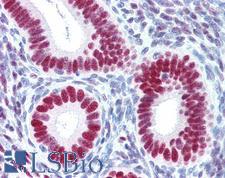
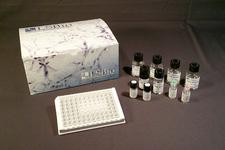
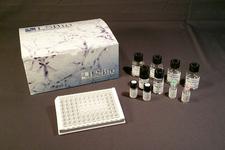



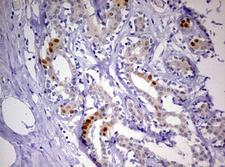
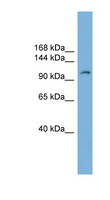
![PR / Progesterone Receptor Antibody - Immunoperoxidase of monoclonal antibody to PGR on formalin-fixed paraffin-embedded human endometrium. [antibody concentration 1.5 ug/ml]](https://lsbio-7d62.kxcdn.com/image2/pr-progesterone-receptor-antibody-clone-2c2-ls-c133378/51442_4954676.jpg)
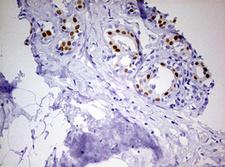


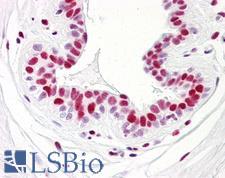
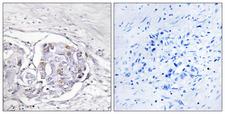
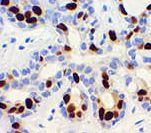
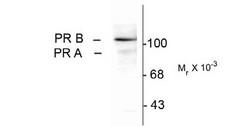
![PR / Progesterone Receptor Antibody - Immunoperoxidase of monoclonal antibody to PGR on formalin-fixed paraffin-embedded human breast cancer. [antibody concentration 3 ug/ml]](https://lsbio-7d62.kxcdn.com/image2/pr-progesterone-receptor-antibody-clone-3e11-ls-c133377/51438_4954672.jpg)
![PR / Progesterone Receptor Antibody - Immunoperoxidase of monoclonal antibody to PGR on formalin-fixed paraffin-embedded human endometrium. [antibody concentration 1.5 ug/ml]](https://lsbio-7d62.kxcdn.com/image2/pr-progesterone-receptor-antibody-clone-1b11-ls-c133379/51446_4954677.jpg)
![PR / Progesterone Receptor Antibody - Immunoperoxidase of monoclonal antibody to PGR on formalin-fixed paraffin-embedded human breast cancer. [antibody concentration 3 ug/ml]](https://lsbio-7d62.kxcdn.com/image2/pr-progesterone-receptor-antibody-clone-5d10-ls-c133380/51449_4954683.jpg)
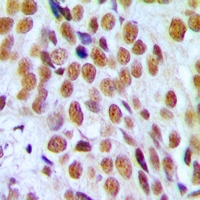

If you do not find the reagent or information you require, please contact Customer.Support@LSBio.com to inquire about additional products in development.











